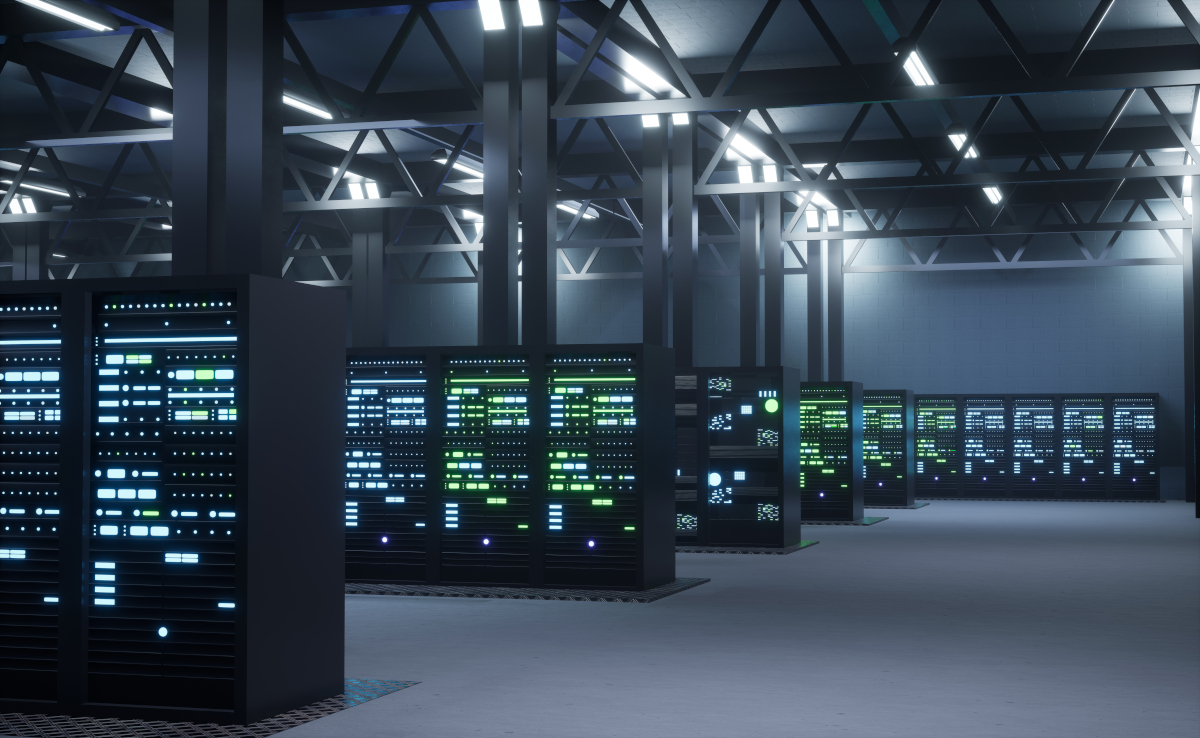Network infrastructure is the backbone of today’s interconnected world. It refers to the hardware and software resources of an entire network that enable network connectivity, communication, operations, and management. Having a reliable network infrastructure supports everything from simple data transmissions between two offices to complex cloud computing solutions that serve millions of users.
Key Components of Network Corporation
The network infrastructure of a corporation typically consists of both physical and virtual components which include:
- Networking Hardware: This includes routers, switches, LAN cards, wireless routers, cables, and more.
- Networking Software: Network operations and management software, network security applications, and operating systems are part of this category.
- Network Services: These include Internet Service Provider (ISP) services, satellite communications, network cabling service, and many others.
Routers
Routers play a crucial role in managing traffic between different networks by directing data packets to their intended IP addresses.
Switches
Switches connect devices within a network, using MAC addresses to ensure data packets reach the correct destination.
LAN Cards
Local Area Network (LAN) cards are installed in computers to allow them to connect to a network.
Cables
Networking cables like Ethernet cables are used to link different networking devices.
Importance of Network Infrastructure
Scalability
A well-built network infrastructure can grow with your company, accommodating more devices and users without sacrificing performance.
Performance
High-performance networking equipment and dedicated lines can reduce latency and increase throughput.
Security
With the right infrastructure and security protocols, you can protect your organization’s data from unauthorized access and cyber threats.
Conclusion
Investing in a robust network infrastructure is crucial for any business that relies on networking to function efficiently. As technology continues to advance, understanding the complexities of network infrastructure becomes an essential part of managing a successful organization’s IT environment.

